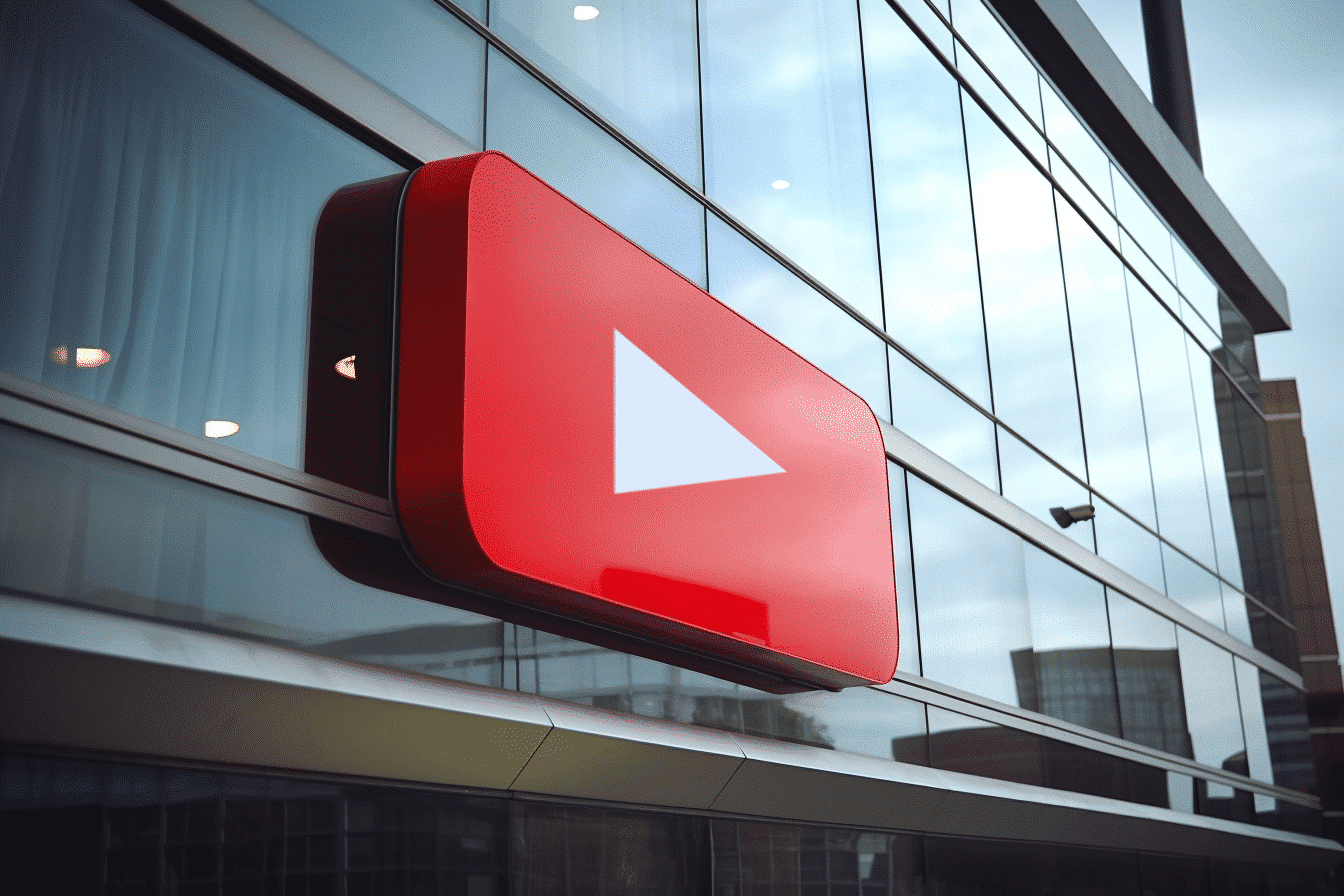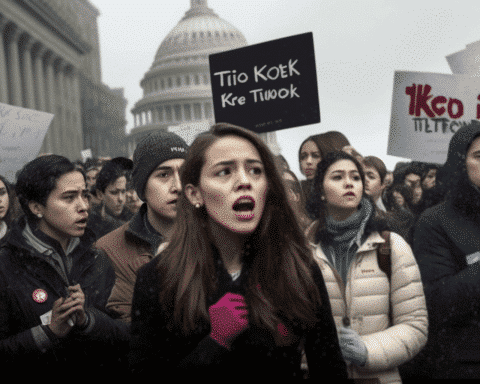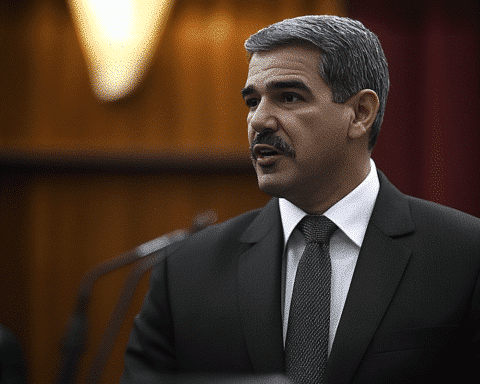In an era where artificial intelligence is blurring the lines between reality and simulation, YouTube has announced a pivotal update to its content policy. The platform will soon mandate that creators disclose the use of AI in videos, particularly when the content is realistic enough to potentially mislead viewers.
The Disclosure Requirement
YouTube’s forthcoming policy change requires creators to label content that includes AI-generated or manipulated material. This label is essential for videos that could deceive viewers into believing that the depicted events or actions are genuine. The move aims to maintain the integrity of information on the platform, especially concerning sensitive topics like elections and public health crises.
Implications for Digital Integrity
The decision by YouTube reflects growing concerns among digital information integrity experts about the potential misuse of generative AI tools. These tools can easily create convincing but misleading content, posing significant challenges to the authenticity of information online.
The policy is a proactive measure to safeguard against the risks of AI-generated misinformation, especially with the upcoming 2024 elections in the United States.
Platform-Wide Transparency Efforts
YouTube is not alone in its efforts to enhance transparency around AI-generated content. Other social media giants, such as TikTok and Meta, have introduced similar labeling requirements. Moreover, YouTube’s new policy complements its recent introduction of AI-powered tools aimed at assisting content creators, ensuring a balance between innovation and integrity.
The Path Forward
As YouTube integrates this new policy into its video upload flow, slated for early next year, creators will need to adapt to the transparency standards. The platform has made it clear that non-compliance will have consequences, such as video removal or suspension from monetization programs. This policy update represents a significant step in addressing the complex challenges posed by AI in the digital content landscape.




